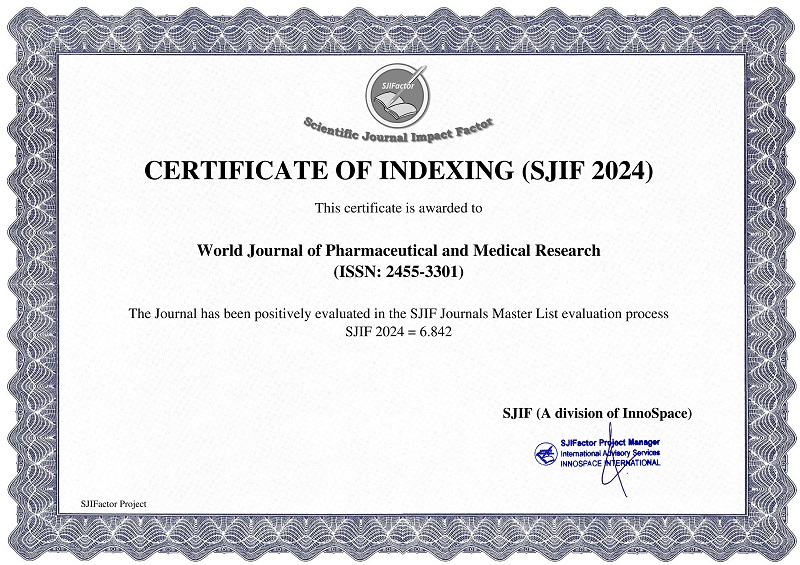ASSESSMENT OF PHYSICAL ACTIVITY AND FITNESS PATTERNS AMONG UNIVERSITY STUDENTS IN PAURI GARHWAL, UTTARAKHAND
Saral Gupta, Mehul Tyagi, Virendra Singh, Abhisek Ghansela, Saurabh Saklani* and Poonam Rishishwar
ABSTRACT
University students are at risk of losing their focus on maintaining healthy levels of physical activity because of their engagements with curricular and cocurricular activities. In India, the physical activity levels of the adult population have been reported to be declining in the recent years. However, studies focusing on university students pertaining to their physical activity are lacking in the Indian context. Moreover, a question that has not been properly addressed is the following: “do the curricula in higher education promote physical activity?” A sample of 76 was used where there were 61 male and 15 female. This study gathered quantitative data through structured questionnaires to understand each of the objectives. Descriptive statistics were used to analyse data where the mean, median, mode and standard deviation was calculated, and a number of correlations were made using the same. It was found that respondents aging from 17-28 have low levels of physical activity. Moreover, when a comparison was made between the males and females on their levels of physical activity, women were found to do easier levels of physical activity. The BMI was likewise determined, so as to discover the class of weights that individual’s fall into. While the vast majority expressed that practicing was imperative to them, they, despite everything neglected to work out for adequate hours per week. While individuals know and have the correct disposition towards working out, they have recently been unsuccessful when it came to really working out. At the point when it went to the reasons why individuals work out, the most well-known ones were to get fitter or more grounded or accomplish a positive inclination. Be that as it may, when it went to the demotivation of working out the most widely recognized reasons were the lack of time, energy and inspiration to work out. Some different elements that were a consequence of individuals being overweight were their temptations/cravings to eat fast food. A greater part of the respondents said that, they expended cheap food in any event 2-3 times per day. 17-28-year-old have busy lifestyles and hence are much harder to reach. A targeted intervention could be carried out in order to educate people about the importance of physical activity.
[Full Text Article] [Download Certificate]



